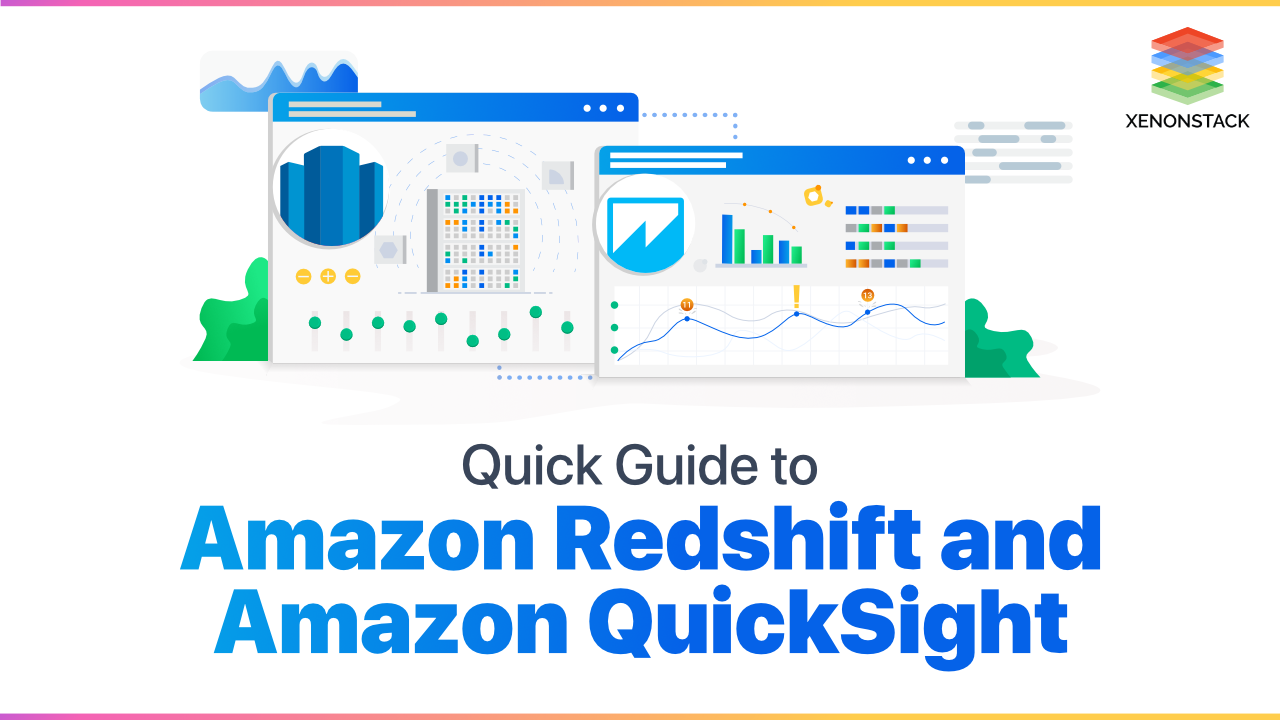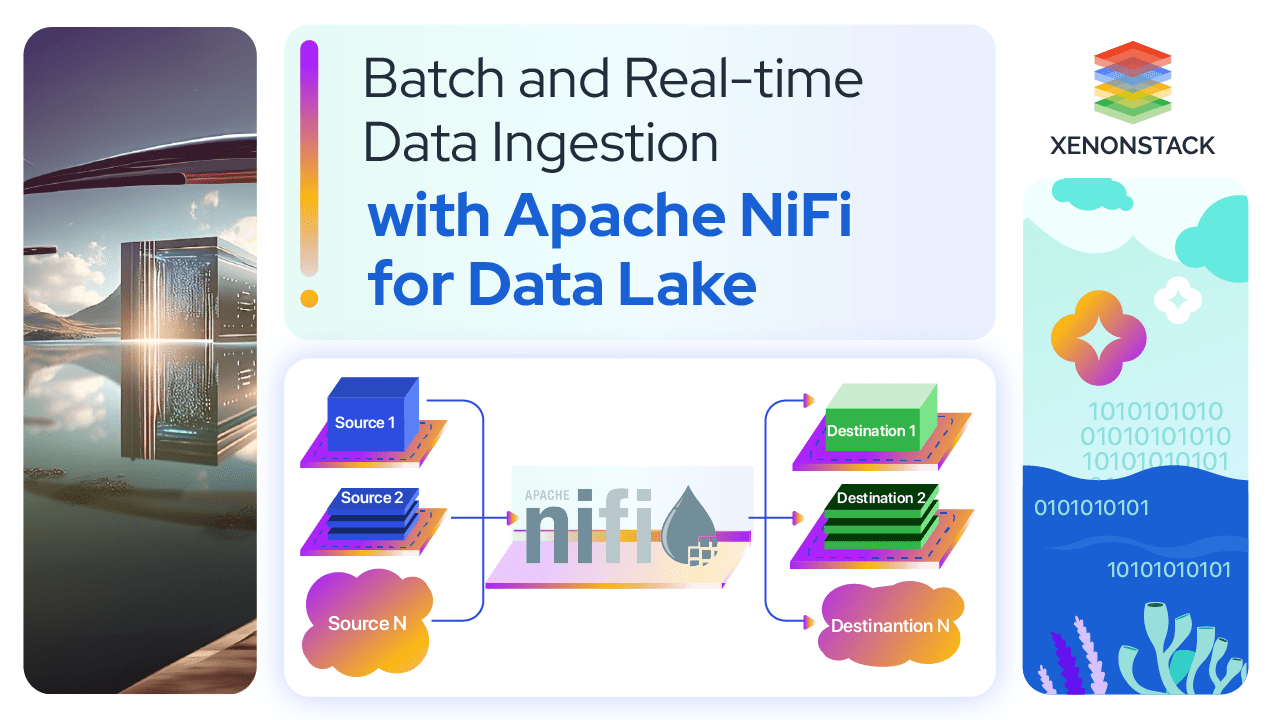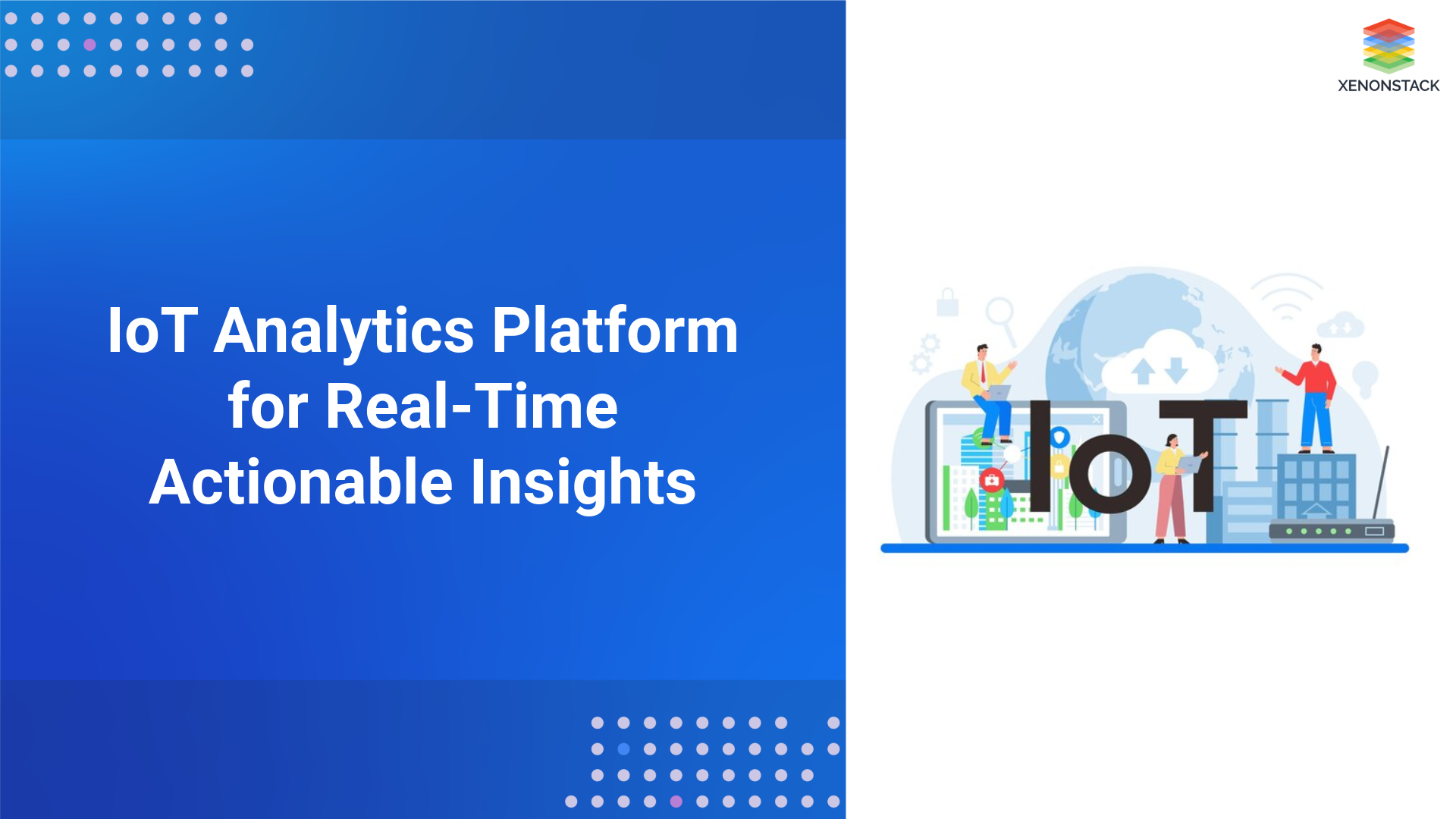
Introduction to Aws Data Warehouse Services
In order to swiftly build an end-to-end analytics and data warehousing solution, AWS offers a wide range of managed services that easily interface with one another.
What is Amazon Redshift?
Amazon Redshift is a type of data warehouse service in the Cloud that is fully managed, reliable, scalable, and fast and is a part of Amazon’s Cloud Computing platform, which is Amazon Web Services. We can start with some gigabytes of data only and scale it up to petabytes or more. The first thing we have to do to create it is to launch a set of nodes, also known as the Amazon Redshift cluster. After setting up the clusters, we can upload the data set and, after that, perform the data analysis queries on it.
What is Amazon QuickSight?
Amazon QuickSight is a type of business analytics cloud-based service that can be used to build visualizations, perform ad hoc analysis (ad hoc is an adjective used to describe things that are created on the spot and generally for single use only), and Get business insights from the data. Amazon QuickSight can read the data from any of the AWS sources, whether it is Amazon Redshift or Amazon Aurora or Relational Database Service, or Amazon S3.
Comparing Amazon Redshift to Traditional Data Warehouses
It is inevitable that traditional data warehouses will become less effective as data volumes increase. It needs ongoing maintenance, hardware changes, and a dedicated team to handle software updates. These On-premise Data Warehouses have the potential to be offline for several hours in the event of any minor malfunction, halting the majority of corporate workflow. The AWS Redshift Data Warehouse is the ideal replacement for all the flaws in Traditional Data Warehouses. Amazon Redshift Data Warehouse, in contrast, to on-premise Data Warehouse solutions, provides users with more flexibility at a lower cost.
In the Amazon Redshift Data Warehouse, businesses are not required to maintain any software upgrades or own hardware. Additionally, one can adjust the computing power up or down according to their demands. There are many reasons why choosing AWS Redshift Data Warehouse over Traditional Data Warehouse is preferable. The following is a list of comparative criteria:
- Architecture
- Performance
- ETL and Data Transfer
- Scalability
- Pricing
- Maintenance
- Data Security
RAID stores the data in a defined way to improve overall performance. Click to explore about, Types of RAID Storage for Databases
What are the AWS Redshift's Limitations?
Prior to choosing Redshift as your data warehousing solution, it is important to take into account some of its disadvantages.
Multiple Uploads
Not all databases are supported for concurrent upload by Redshift. Redshift supports ultra-fast MPP parallel uploads to Amazon S3, EMR, and DynamoDB. Data must be uploaded using separate scripts for sources from other sources. This procedure could go quite slowly.
Uniqueness
Having unique data and avoiding redundancies is one of the fundamental principles of a database. AWS Redshift doesn't offer any tools or ways to make sure that the data is unique. Redshift will contain redundant data points if overlapping data from various sources is being migrated there.
Indexing
When Redshift is utilized for data warehousing requirements, this creates a concern. Redshift indexes and stores data using distribution and sorting keys. You must understand the theories underlying the keys to operating the database. There is no solution offered by AWS to manage the keys easily or to modify them.
Limitations of OLAP
Redshift is an OLAP database that is designed for analytical queries on huge data sets. Traditional OLTP (Online Transaction Processing) databases have an advantage in this area. However, OLAP falls short. Performance restrictions apply to insert, update, and delete operations in OLAP databases. In Redshift, it is frequently simpler to recreate a table with modifications than to enter or update a table. While OLAP is effective with static data, OLTP databases are more effective for changing data.
Migration Cost
Redshift is utilized for working with or storing large amounts of data. It will at least be in the petabyte range. At this level, bandwidth becomes a problem. Before you can start the project, you must move these data to the AWS locations. For companies with network bandwidth limits, this can be a possible issue. The user will be responsible for covering the extra expense. The option to deliver the data using actual storage devices is available through AWS.
Why Choose Amazon Redshift?
When the queries start taking a long time for execution or an organization is looking for a better way to run the analytic query against the on-growing data, it must choose a data warehouse. Some of reasons which Amazon Redshift is considered the best data warehouse for executing analytic queries and executing queries fastly and efficiently and has a variety of advantages in addition to being affordable.
Ease of Configuration and Management
When it comes to setup and management, Amazon Redshift provides significant efficiency and performance to daily workflow. Once the schemas and definitions are set, Amazon Redshift manages all the provisioning, configuration, and patching. In this durability and availability of data is also assured as the data back up of data is done with the help of Amazon S3.
Provides Fast Scaling with a Few Complications
As Redshift is a cloud-based structure, which is directly hosted on the Amazon Web Services. So it is one of the most significant benefits that provide Redshift a flexible architecture that can scale up in some seconds only and can meet the changing storage demands. Redshift can be easily scaled up or down by quickly activating the individual nodes of varying size. This feature of Redshift is very much useful for smaller organizations which experience significant growth and have to scale their existing solutions.
Keeps Cost Relatively Low
Compared to other data warehouses, Redshift provides a lot of both entry-level affordability and massive cost efficiency at scale. Amazon Redshift’s columnar based architecture for query optimizations reduces the input/output load to return the result in some seconds and also improves the cost.
Offers significant Query Speed Upgrades
While executing larger data sets on other data warehouses, queries experience a lag in speed. However, executing queries on Redshift gives the result faster even while executing on petabytes of data. Amazon’s massively parallel processing lets the business intelligence tools with the redshift connector and processes several queries across multiple nodes simultaneously while reducing workloads, due to which the speed will be Increased.
Gives the Strong and Robust Security Tools
Larger data sets generally contain sensitive data, so security is the major part of the concern for a data warehouse. So, the Redshift provides a few different encryption and security tools that protects the warehouse efficiently. Redshift includes SSL encryption for data and when talking about AWS S3 Server, they offer the encryption for both the client as well as server side. It also includes a VPC for network isolation as well as different access control tools.
AWS Business Intelligence Service
With native ML integrations, usage-based pricing, and cloud-native, serverless architecture, Amazon QuickSight enables insights for all users.
Why Amazon QuickSight?
Quick sight is a part of Amazon Web Service that helps in enabling to upgrade the business from a spreadsheet-based reporting to an interactive tool that can analyze the data more appropriately. It provides cost-effective, fast and extremely interactive business intelligence for an organization. So of the other reasons due to which an organization can choose Amazon Quick sight is as follows -
Provides High Data Sources Compatibility
QuickSight can read the data from any of the sources whether it is a CSV file or a SaaS data sources or any other file format. It can even read the data from any of the relational data sources like Amazon Athena, Amazon Redshift, Amazon Presto, S3, etc. Any other data sources can also be accessed by either linking or importing them.
Highly Scaling Capability
Amazon QuickSight is being used across several business domains for measuring the business metrics independently. Quick sight can easily be scaled up or down according to the need of the user. It can easily be scaled up across ten to thousands of users who can work independently and simultaneously across all the data sources.
Provides Smart Interactive Visualizations
The SPICE (Super-fast, Parallel, In-memory, Calculation Engine), helps to model fundamental processes and retrieves the data faster than usual. It has an in-built visualization tool that helps in generating a string of suggestions, and it does this by observing the patterns which exist in the back end data sets.
Provides High Portability
Here highly portable meant to be that, it can be accessed at any time and from any place. Amazon QuickSight is one of the handiest tools, as we can access it from our laptops, smartphones and even offline after installing it on offline mode. The only thing to do is, and we should quickly get through it.
How to visualize data with Amazon QuickSight?
Log into the AWS Management Console, perform a search for Amazon QuickSight, and set up a QuickSight account to begin building a visualisation. Select a price plan, subscription type (standard or business edition), storage location, and whether automatic discovery of data from other AWS services is permitted.
Load Data
Get data into the tool to begin a new analysis after your QuickSight account is prepared. You can build a new dataset by downloading data from an existing data source or by uploading a file.
Prepare Data
You can get data ready for analysis once it has been loaded into the program. You can format columns, apply data filters, remove pointless columns, add new calculated fields derived from existing columns, delete irrelevant columns, and add new calculated fields as part of the data preparation process. Prepared datasets can be saved for use in a variety of studies.
Create Data Visuals
After data preparation, you're ready to create a visual. QuickSight supports more than a dozen visualization types, including bar charts, pie charts, pivot tables, and heat maps. If you can't decide which type best showcases your data, QuickSight's AutoGraph feature can automatically choose an appropriate type.
Share Data
In order to report data via a web browser or an Android or iOS app, you can employ analytics to build a dashboard, which is a read-only snapshot. Users can publish a dashboard to send a link to all of the dashboard's subscribers through email or share datasets with other QuickSight users and organizations. Additional QuickSight users on your account can be emailed links to analyses.
Amazon Redshift with QuickSight
Redshift is one of the fastest-growing services when coming to the Amazon Web Services platform. Quick Sight smoothly connects to Redshift and gives native access to all our instances and tables.Authorizing Connections From Amazon QuickSight to Redshift Clusters
For connecting Amazon QuickSight to an Amazon Redshift instance, we must create a new security group instance. For manually authorizing QuickSight connections, we must know about how to manually enable the access to a Redshift cluster in a VPC or Virtual Private Cloud, and to do this follow the below-mentioned steps- Sign in to the AWS console and open the Amazon Redshift console with the help of below link - https://console.aws.amazon.com/redshift/
- Next, select the details page icon, which is next to the cluster you want to make available.
- Select the port under the Cluster Database Properties section, and note down the value of the port.
- Select the VPC ID under the Cluster Properties section, and note the value of VPC ID.
- Select the View VPCs for opening the Amazon VPC Management Console.
- On the Amazon VPC Management Console, select the Security Groups under the navigation panel.
- Select the Create Security Group.
- On the Create Security Group page, enter the security group information which is being asked.
- Click on Yes Create button.
- Now the new security group will be displayed on the screen. Select the security group and the inbound rules and create a new inbound rule.
- Click on Save button for saving the new inbound rule.
- After that return to the Clusters page of the Amazon Redshift Management Console, and then open the details page for the cluster that you want to enable to access.
- Select the cluster and then click on the modify button.
A place to store data on the cloud when data is ready for the cloud. Click to explore about, AWS Data Lake and Analytics Solutions
A Holistic Strategy
AWS Services for building a Unified Cloud Computing Platform for fast, cost effective analysis of data, generating insights in Real Time.To know more about AWS Services we advice taking the subsequent steps -- Read more about Modern Data Warehouse Architecture and Best Practices
- Click to explore Cloud Managed Database Solutions


